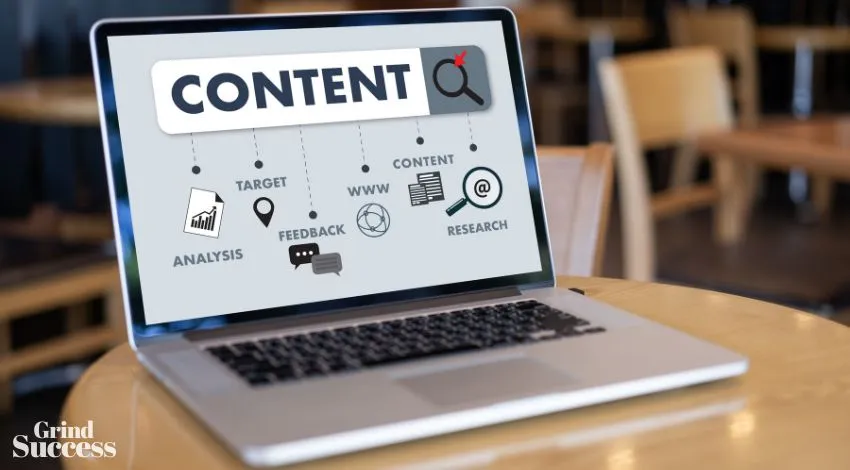The Guide to Choosing the Best Sales Forecasting Tool for Your Needs

Every business strives for maximum sales and high profits. However, purchasing power depends on many factors that are not always obvious. Currently, the situation is further exacerbated by the effects of the COVID-19 pandemic.
How to calculate the capabilities of the enterprise and get the maximum in the existing conditions? Sales forecasts definition will become a beneficial tool.
Table of Contents
Sales Forecasting: What Is It and Why?
Sales forecasting is a method for determining potential sales and business revenues. It involves analyzing data on past sales, studying the market situation, the solvency and needs of buyers, economic factors, and other information to obtain preliminary conclusions about the future effectiveness of a product or service.
The primary purpose of sales forecasting is to provide a report and recommendation for decision-making on many issues, such as budget and production planning, resource management, marketing strategy development, etc.
By using this tool to identify risks and opportunities for growth, management can act intelligently and improve the efficiency of companies, regardless of external circumstances.
Sales forecasting is carried out using various methods depending on the business specifics, the nature of the information, and the required level of detail.
The most popular methods include:
Please note that sales forecasting is not an exact science. However experienced the analyst may be, the results may contain uncertainties and inaccuracies.
But at the same time, using this method allows you to prepare in advance for possible market fluctuations and build clear plans to achieve the company’s goals.
Benefits of Sales Forecasting

Sales forecasting is a valuable tool for businesses of any size. Let’s see what advantages it has.
Overall, sales forecasting enables businesses to make informed decisions, optimize operations, and better navigate market dynamics.
How to Forecast Sales?

Sales forecasting is a comprehensive process that includes data analytics, market research, and forecasting techniques.
To achieve the desired result, consider the following recommendations:
Forecasting is a complex task that requires a responsible approach. Now, we’ll figure out how to choose the right tools for the sales forecast definition.
Choosing Tools for Forecasting: How Not to Make a Mistake
Choosing the right tools for sales forecasting is a considerable condition for obtaining the desired result. An integral component of modern business is specialized software that allows you to quickly and efficiently solve any problems.
How to choose analytical programs for sales forecasting? First, determine your requirements and goals. The choice of forecasting tools depends on the scale and needs of the business, the volume and level of detail of information, as well as the possibility of integration with other software.
Next, find out which forecasting methods are supported by the analytics program. Explore the flexibility and customization options available to tailor the software to your forecasting needs.
Pay attention to the scalability of the software as the business grows. Specify if the program handles large amounts of data and integrates with CRM, ERP systems, or data warehouses.
Be sure to evaluate the software user interface and ease of use when choosing. Consider whether it is intuitive and accessible to employees, regardless of their level of technical expertise. Favor designs that come with user manuals to make implementation and use easier.
By choosing modern and functional software from developers with impeccable reputations, you will simplify your operational processes and reach a new level faster.
Conclusion
Forecasting sales is an element in the development strategy of any enterprise. It requires the processing of numerous data from various sources for the subsequent preparation of forecasts and recommendations for their implementation.
The main goal of forecasting is to provide up-to-date information for rational budgeting, production planning, resource management, and marketing strategy development. These features make the technique indispensable for all companies, regardless of the industry and the specifics of the activity.
Forecasting software can significantly increase the efficiency of analysts. By following these tips, you can choose the best programs for your business. We wish you success and new achievements!
This post was proofread by Grammarly. Try it – It’s Free!
Millions trust Grammarly’s free writing app to make their online writing clear and effective. Getting started is simple
Email, SMS, and more — Klaviyo brings your marketing all together, fueling growth without burning through time and resources.
Deliver more relevant email and text messages — powered by your data. Klaviyo helps you turn one-time buyers into repeat customers with all the power of an enterprise solution and none of the complexity.






